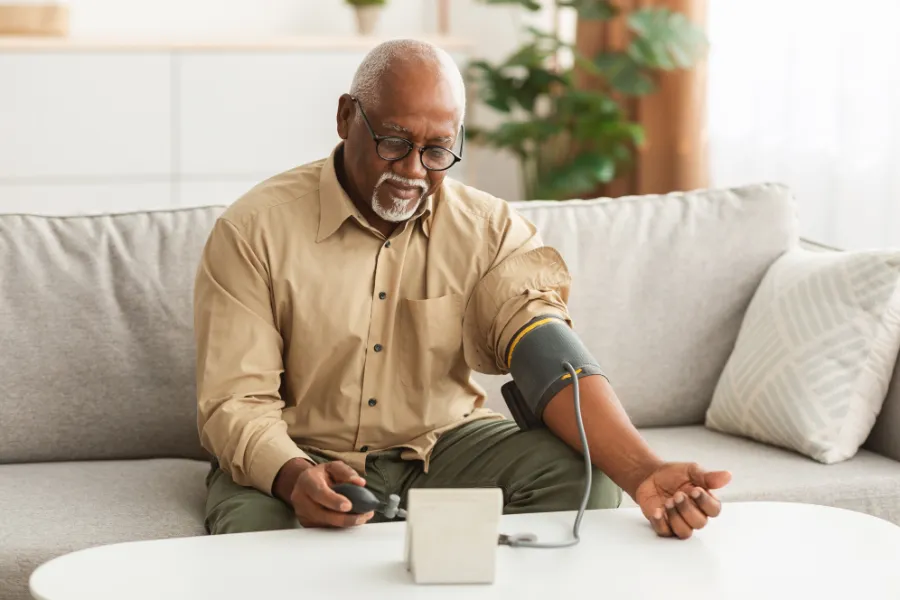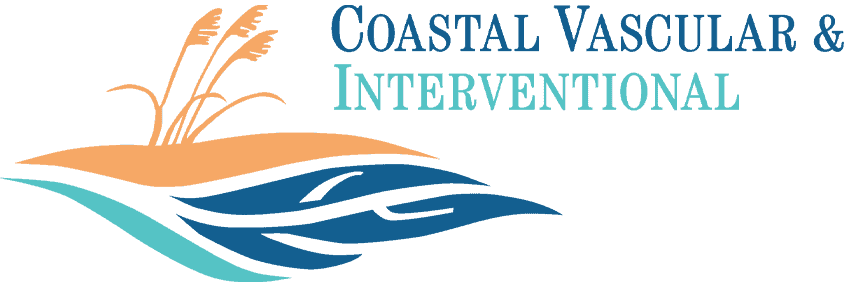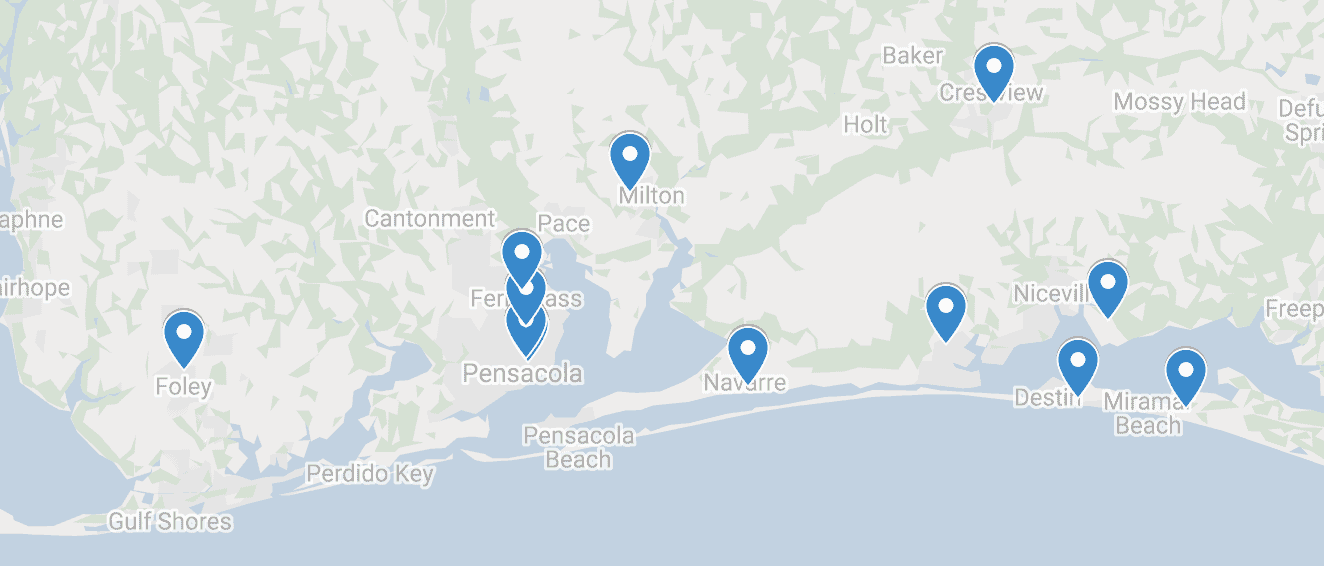Silent But Serious: Your Guide to Abdominal Aortic Aneurysms

What are Abdominal Aortic Aneurysms?
Abdominal aortic aneurysms, or AAAs, are abnormal bulges in the aorta, the body’s main artery. They can develop without symptoms, making early detection challenging.
According to the Centers for Disease Control and Prevention (CDC), approximately 200,000 people in the U.S. are diagnosed with AAAs each year, and about 15,000 die from ruptured aneurysms. If an AAA ruptures, it can lead to severe internal bleeding and can be life-threatening.
Risk Factors
Several factors can increase the risk of developing an AAA, including:
- Age: Commonly found in men aged 65-85 years.
- Smoking Significantly raises the risk of AAA.
- Family History: A familial history of AAA increases individual risk.
- High Blood Pressure: Associated with a higher risk of AAA.
- Atherosclerotic Disease: Common in individuals with AAA.
- Genetic Factors: Certain genetic conditions may contribute to AAA development.

Diagnosing and Screening
Regular screenings are crucial for individuals at risk, especially older adults and smokers. Diagnostic tests, such as ultrasounds or CT scans, effectively detect AAAs. Early detection through screening significantly improves treatment options and outcomes.
When Should You Get Screened?
Men aged 65-75 who have smoked should consider a one-time ultrasound screening for AAA, according to the U.S. Preventive Services Task Force.
Seeking Specialized Care
If you are diagnosed with an abdominal aortic aneurysm, seeking specialized care is essential. Like those at the Surgical Specialists of Ocala, vascular surgeons have the expertise to manage aortic aneurysms effectively. They provide comprehensive care and create tailored treatment plans.
What to Ask Your Vascular Surgeon About Abdominal Aortic Aneurysms
- What size is my AAA, and how fast is it growing?
- What are the risks and benefits of different treatment optio

Treatment Options and Intervention
The management of AAAs varies based on their size and growth rate. Smaller aneurysms might be monitored regularly, while larger ones may require surgical intervention or minimally invasive procedures to prevent rupture. Vascular surgeons employ innovative techniques to repair aneurysms effectively.
Minimally Invasive Approaches
Advancements in medical technology have led to innovative approaches for treating abdominal aortic aneurysms (AAAs), particularly through minimally invasive procedures. One such technique, endovascular aneurysm repair (EVAR), involves accessing the aneurysm through small incisions, allowing surgeons to place a stent graft within the aorta.
This method reduces recovery times compared to traditional open surgery, minimizes scarring, and reduces hospital stays. Vascular surgeons can use advanced imaging technology to precisely navigate and repair the aneurysm, ensuring optimal outcomes for patients while significantly lowering the risks associated with more invasive surgeries.
Lifestyle and Preventive Measures
Healthy lifestyle choices are essential for lowering the risk of abdominal aortic aneurysms (AAAs). Simple changes can have a big impact on your vascular health:
- Quit Smoking: Stopping smoking is crucial, as it significantly increases the risk of developing AAAs. By quitting, you can lower your chances of aneurysm growth and rupture and improve your overall heart health. Support from programs, counseling, and friends can help you successfully quit.
- Eat a Balanced Diet: A heart-healthy diet can help control blood pressure and cholesterol. Focus on eating plenty of fruits, vegetables, whole grains, lean proteins, and healthy fats in fish and nuts. Cutting back on unhealthy fats and salt can also help your vascular health.
- Control Blood Pressure and Cholesterol: Regularly check your blood pressure and cholesterol levels. If they are high, work with your doctor to find ways to manage them through lifestyle changes and, if needed, medications.
- Exercise Regularly: Staying active is essential for heart health. Aim for 150 minutes of moderate weekly exercise, like brisk walking or cycling, and some strength training.
- Maintaining a Healthy Weight: A healthy weight can reduce stress on your heart and blood vessels. Even slight weight loss can help lower blood pressure and cholesterol.
- Manage Stress: Long-term stress can harm your health. Reducing stress through mindfulness, meditation, or yoga can improve mental and physical well-being.
Making these lifestyle changes can significantly improve your vascular health and reduce the risk of complications from abdominal aortic aneurysms. Always talk with your healthcare provider before making significant changes to ensure they fit your health needs.

Empowering Yourself
Empowerment comes through knowledge and proactive steps. Understanding the symptoms, risks, and available treatments helps you make informed decisions about your vascular health. If you suspect or have been diagnosed with an abdominal aortic aneurysm, seek expert guidance from your doctor as soon as possible.
Your Vascular Health Matters
Timely intervention and proactive management significantly reduce the risks associated with AAAs. Navigating abdominal aortic aneurysms requires a collaborative effort between you and your healthcare provider. The expertise of vascular surgeons ensures that you receive specialized care tailored to your needs. Prioritize your vascular health and take proactive steps toward a healthier you. Request an appointment and check on your vein health today.


